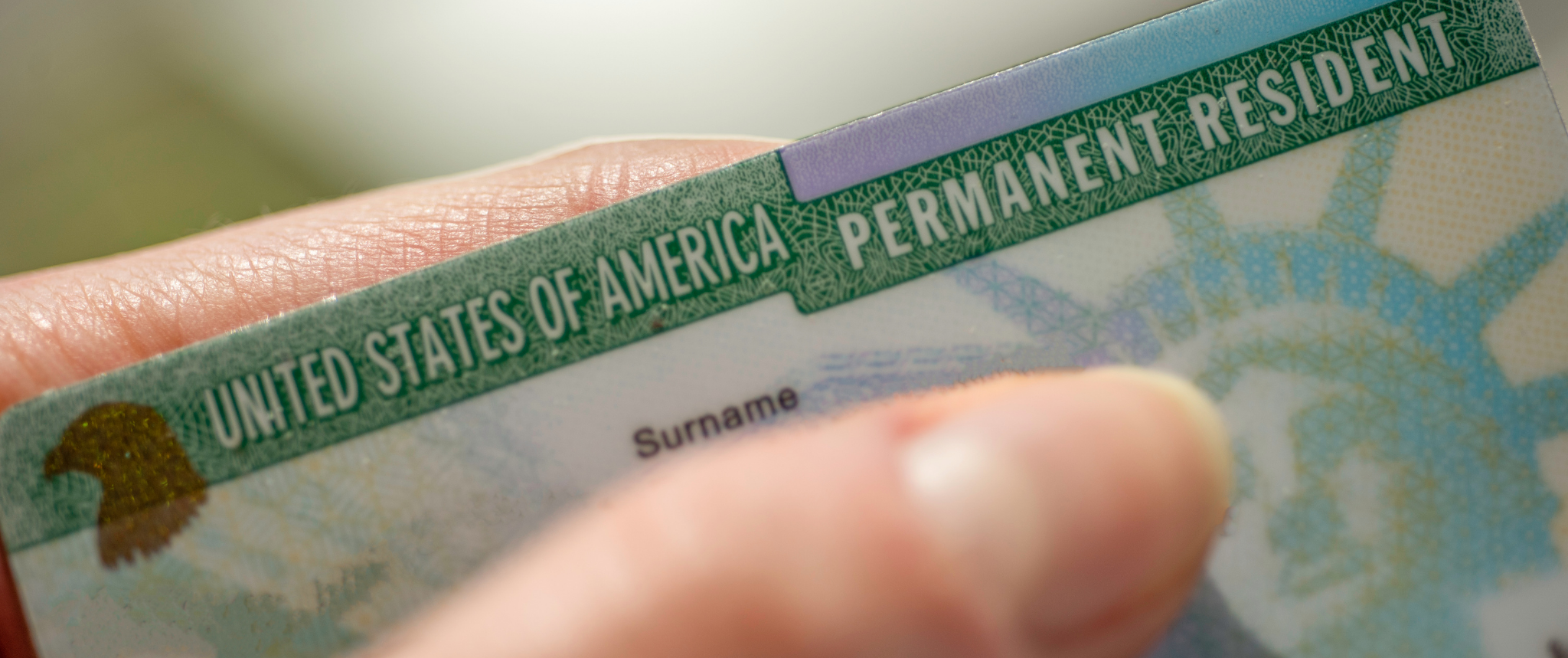
There are several ways to obtain a Green Card in the United States, including investment in a U.S. business, sponsorship by a U.S. employer, or sponsorship by close family members who are U.S. citizens.
When a U.S. employer is willing to support your Green Card application, this is called an employer-sponsored Green Card. In this process, your employer files various immigration forms with U.S. Citizenship and Immigration Services (USCIS) on your behalf.
Step 1: PERM (Permanent Labor Certification) Application
PERM is a certification that ensures there are no qualified U.S. workers available for the position and that hiring a foreign worker will not negatively impact U.S. workers’ wages and working conditions.
The employer begins the PERM process by defining the job position for the foreign worker. Once the job description is finalized, the employer submits a Prevailing Wage Determination (PWD) request to the U.S. Department of Labor (DOL). This determination establishes the average wage for similar jobs in that location, and the employer must agree to pay at least this wage. Once the wage determination is received, the PERM application is submitted.
Step 2: Filing Form I-140 (Immigrant Petition for Alien Worker)
After the PERM application is approved, the employer submits Form I-140 to USCIS. This petition includes the approved PERM application and proof that the foreign worker meets the job qualifications. The employer must also demonstrate their ability to pay the offered wage.
Step 3: Green Card Application
Once Form I-140 is approved, the applicant must check the Visa Bulletin to see if a Green Card is available. The U.S. Department of State publishes the Visa Bulletin, which determines the order in which applicants receive Green Cards. Each applicant is assigned a priority date, which is the date the I-140 petition was filed. The Green Card application can proceed only when the priority date becomes current in the Visa Bulletin.
If the priority date is current, the applicant can apply for a Green Card through one of two processes:
Adjustment of status allows individuals already in the U.S. to apply for a Green Card without leaving the country. After submitting Form I-485, the applicant must visit a USCIS Application Support Center for biometric data collection, including fingerprinting, a photo, and a signature. The applicant then attends a USCIS interview, and if the interview is successful and the application is approved, they receive their Green Card.
Consular processing allows individuals outside the U.S. to apply for a Green Card at a U.S. consulate in their home country. When the priority date is current, the U.S. consulate schedules an interview. If the consular officer approves the immigrant visa, the applicant receives a Visa Packet. Before entering the U.S., they must pay the USCIS Immigrant Fee, which covers processing and Green Card production. Upon arrival at a U.S. port of entry, they present the Visa Packet to a Customs and Border Protection (CBP) officer. After entering the U.S., the Green Card is mailed to them.
A Green Card grants permanent residency, allowing individuals to live and work in the U.S.